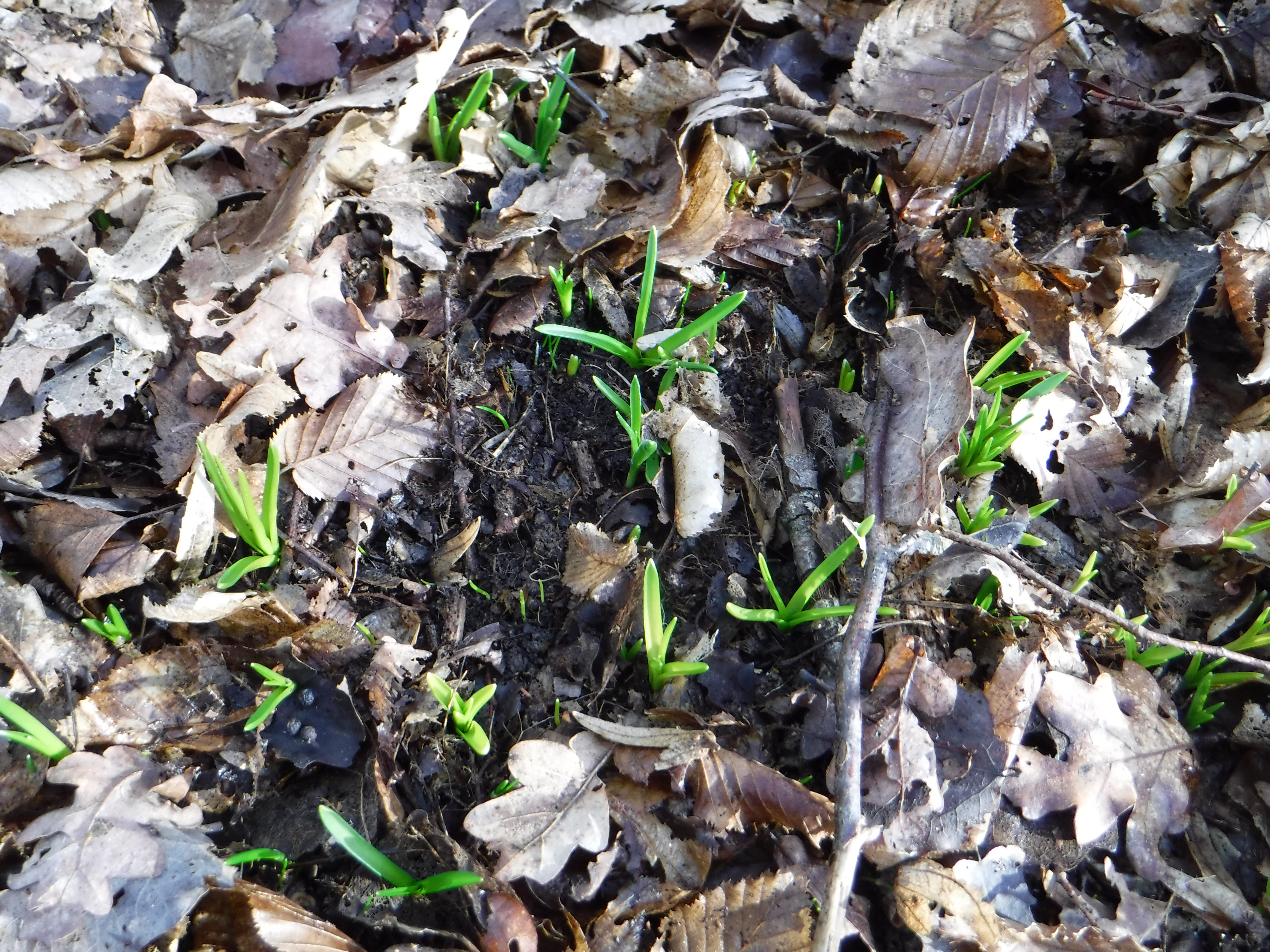
The total monthly rainfall for January was 27 mm with a maximum daily rainfall of 6.5 mm on the 27th. Altogether there were 11 days when measurable rain fell during the month, and 16 days when cloud-cover reached 100% during some part of the day. On the 24th there was a mixture of drizzle and snow which failed to settle, and overnight on the 30th/31st there was a snow covering of about one centimetre.
Maximum temperature on the warmest day was 12°C on January 13th, while on the coldest day it was 2°C on the 21st. There were eleven days with overnight frost, and ponds were partly or fully frozen on the 21st to 25th and 29th to 31st.The total monthly rainfall for January was 27 mm with a maximum daily rainfall of 6.5 mm on the 27th. Altogether there were 11 days when measurable rain fell during the month, and 16 days when cloud-cover reached 100% during some part of the day. On the 24th there was a mixture of drizzle and snow which failed to settle, and overnight on the 30th/31st there was a snow covering of about one centimetre. Maximum temperature on the warmest day was 12°C on January 13th, while on the coldest day it was 2°C on the 21st. There were eleven days with overnight frost, and ponds were partly or fully frozen on the 21st to 25th and 29th to 31st.
-
 Bluebell shoots among leaves 27th January
Bluebell shoots among leaves 27th January
Bluebell shoots among leaves 27th January
Bluebell shoots among leaves 27th January
-
 Garlic mustard 25th January
Garlic mustard 25th January
Garlic mustard 25th January
Garlic mustard 25th January
-
 Light snowfall 30th January
Light snowfall 30th January
Light snowfall 30th January
Light snowfall 30th January
-
 Woodland pond frozen 21st January
Woodland pond frozen 21st January
Woodland pond frozen 21st January
Woodland pond frozen 21st January
https://www.kentfieldclub.org.uk/news/little-barton-farm-wildlife-notes/nature-notes-january-2019#sigProId9e82051afb
January is the month when we see most of the wild birds on our property as first-sightings for the year, and we have listed 32 species for the BTO (see below).
Although this is the dormant season for most wildflowers, we saw the common daisy, red deadnettle, and white deadnettle flowering on January 1st, carrying on from 2018. As we often do during January, we saw white snowdrops on the 17th, and, amazingly, one flowering garlic mustard on the 25th. We saw no other flowering plants during the month, but before the month’s end we found primrose leaves well advanced, and bluebell leaves up to 3 cm long among the fallen woodland-leaves.
At this time of year we see very little insect life except for the occasional hardy moth. On January 6th at 9pm we saw a winter moth on the lighted porch door, while two days later, at mid-day on the 8th, we discovered a spring usher among leaves on the woodland floor, where a shaft of bright sunlight broke the dark shadows of the oak and hornbeam trees. From the 18th onwards the weather became seasonally cold, preventing the hint of an early spring for flora and fauna.
Small mammals too were notable for their absence, being restricted to squirrels and moles – or, at least, mole-hills from the 1st, and rabbits from the 16th. Unusually, rabbits are hard to find this month.
Bird first-sightings at Little Barton Farm, Bethersden (TQ9238) during January 2019 (numbers are the highest seen during the month)
|
1 to 3 at a time Coal tit (1st Jan) |
4 to 10 Blue tit (1st Jan) |
11 or over11 or over Moorhen (1st Jan) |

